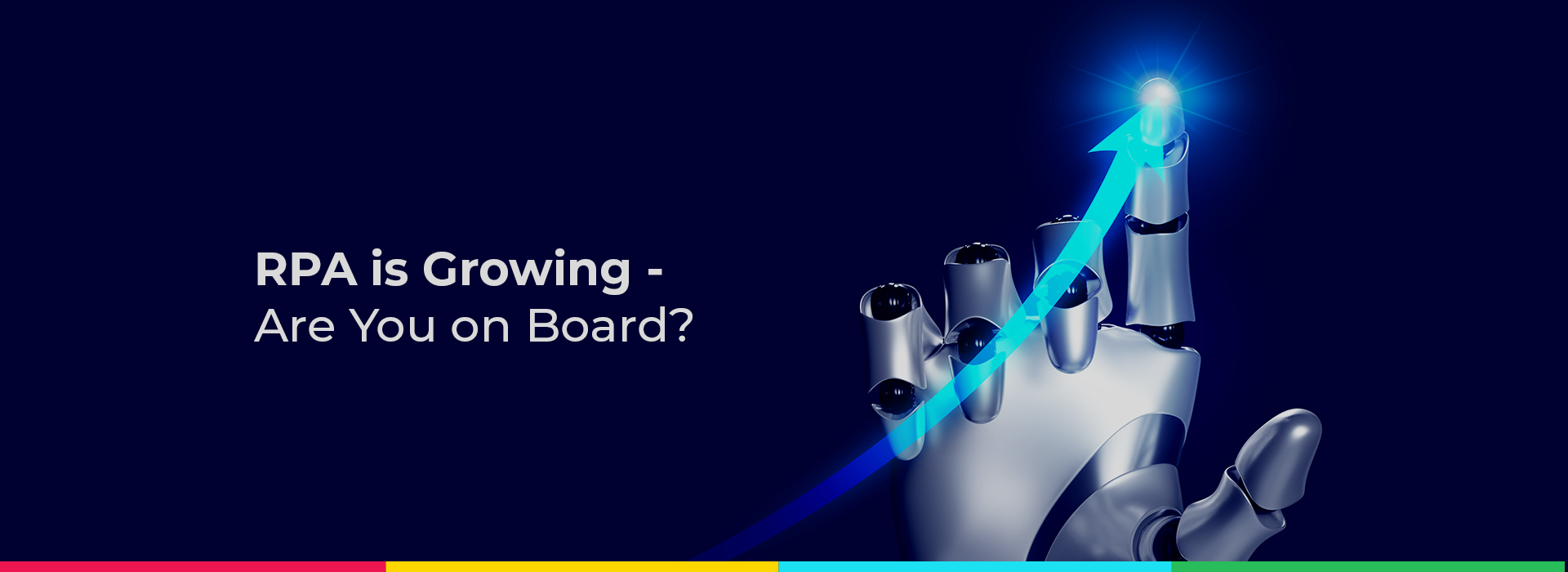
Blog
How Conversational AI Could Streamline Your HR Operations
At first blush, it might seem counterintuitive to think about applying a definitively non-human tool like conversational AI to the field of human resources (HR). However, those who have spent time working with or in human resources at any organization understand that much of the day-to-day work in this job function consists of relatively low-skill, repetitive administrative tasks. This is in no way a knock on the HR function either. The same holds for the range of functions that make up a business organization, from finance and accounting, to contract management, to IT, and to customer service.
The true value of HR is in the more complex and personalized work of staff employee recruitment, development, engagement, and retention-strategic contributions that can drive organizations’ strategic objectives. however, the low-level, repetitive tasks of responding to routine questions and reaching out to employees to ensure all necessary information has been received for things like job applications and benefits information frequently distract from that higher-value work. This is where conversational AI can be a real game-changer for HR departments.
Conversational AI in HR can let computer AI applications manage the bulk of the mundane and routine work of the HR team and allow the human staff to use the time this frees up to engage in more meaningful and high-value efforts.
Understanding Conversational AI Basics
We’ve written extensively about conversational AI, but for those not familiar with the technology, a summary is helpful to understand its application in HR.
Conversational AI is a set of technologies that enable devices and applications to communicate directly with humans using the natural language of humans. Natural language refers to the way humans communicate, using syntax and grammar that have developed over thousands of years, in contrast to artificial languages used by computers, like Java, XML, or C#. Conversational AI allows humans to talk to computers without having to understand computer code or to use a graphical user interface (“GUI”) to enter information.
Conversational AI platforms, also known as “CAIP,” are applications and devices that allow humans to interact with conversational AI. Virtual assistants like Siri and Alexa are common examples familiar to many. Other examples include applications programmed to answer customer phone calls, such as those used by banks, insurance companies, financial institutions, government organizations, universities, or other call centers. They can be used by customers to check balances or make payments, easily search for information, and even be integrated with other applications to complete forms. But CAIP can also include chatbot functions, in addition to speech. Many readers have probably been prompted by a conversational AI bot on certain websites. Some might not have even realized they were being pinged by a computer application and not a human.
Use Cases for Conversational AI in HR
While much of the more complex and substantive work of HR teams are not suitable for conversational AI-think employee development plans, recruitment and retention strategies, etc. A lot of the day-to-day work of HR professionals is filled with responding to relatively simple inquiries and conducting follow-ups with employees to complete various forms and documents.
For example, some of the most common questions asked by employees include seeking information about remaining PTO balances, looking for someone's supervisor in the organizational hierarchy, and asking for information on benefits like 401(k) and health insurance. Fielding these questions isn't mentally demanding, but it does take time for someone to answer a call or respond to an instant message or email and do a little digging to find the right information. Leveraging conversational AI to triage these questions can save tremendous time for HR staff. Conversational AI systems can interface with the relevant HR systems that contain the information employees are looking for and field the bulk of the routine questions that come in day-to-day. Questions that require more of a human touch can be triaged to an HR team member as needed.
On the other side of the HR-employee relationship, conversational AI tools can be used to reach out to employees to get the information requested by HR. This could include asking for updates to contact information or job application materials or prodding managers to complete employee evaluations by the company deadline. Conversational AI can even be used to help gauge employee morale, engagement, and satisfaction and alert human staff to any potential issues found in the data received and processed by the CAIP.
The types of tasks that can be performed by conversational AI are precisely those that tend to be least engaging for human staff, those that are repetitive, tedious, and require little thought or skill.
Conversational AI can also increase employee access to HR resources. Employees don’t need to wait until a member of the thinly stretched HR team can call them back or respond to their email. A conversational AI tool can answer them immediately, on a variety of platforms (text, speech, etc.) and at any time of the day and on nights and weekends. Unlike humans, CAIPs don’t take vacations or log off at the end of the day.
Two of the most common objections raised to the use of AI tools to perform tasks traditionally performed by humans are that the use of AI will eliminate human jobs and that AI lacks the human touch necessary to perform certain work. The latter objection is particularly salient in the human resources setting. While it’s important to consider these objections, it’s also important to do so in the proper context. The types of tasks that conversational AI is most appropriate for in HR are those that do not inherently require a human touch and those that detract from more meaningful and higher-level human work. Conversational AI for HR, therefore, enhances the impact of an HR team and frees up its team members to perform the more rewarding and consequential work they likely entered HR to perform in the first place.




 US Headquarters
US Headquarters India office, Hyderabad
India office, Hyderabad